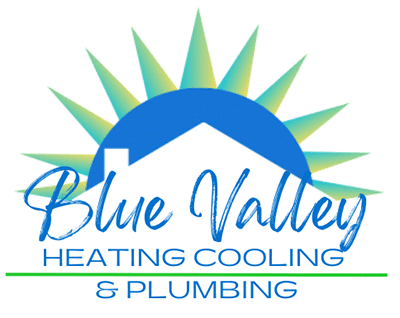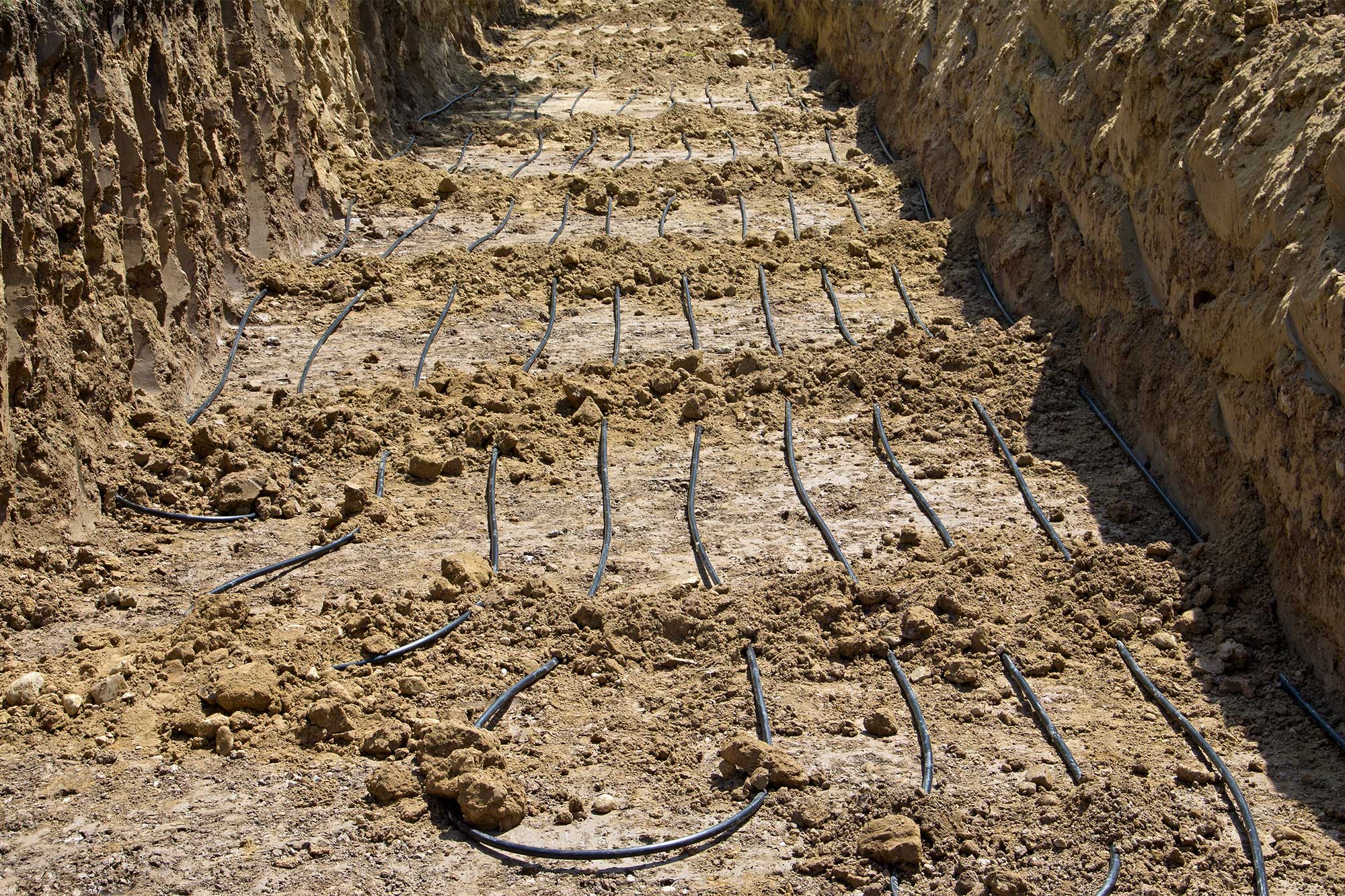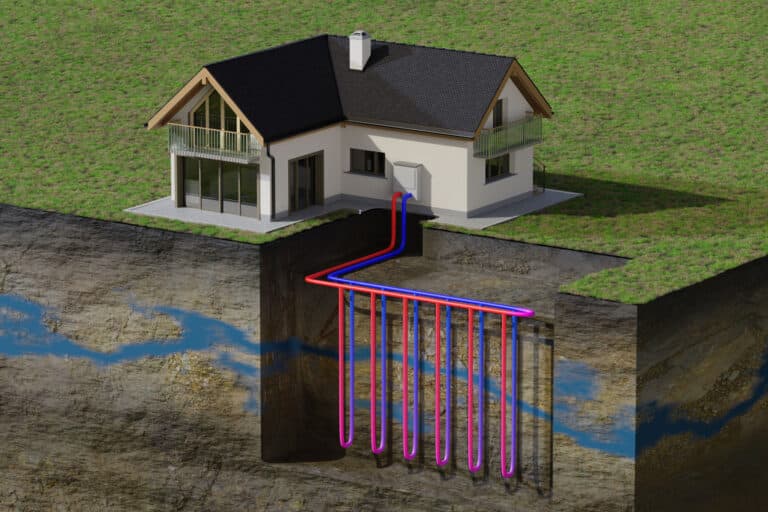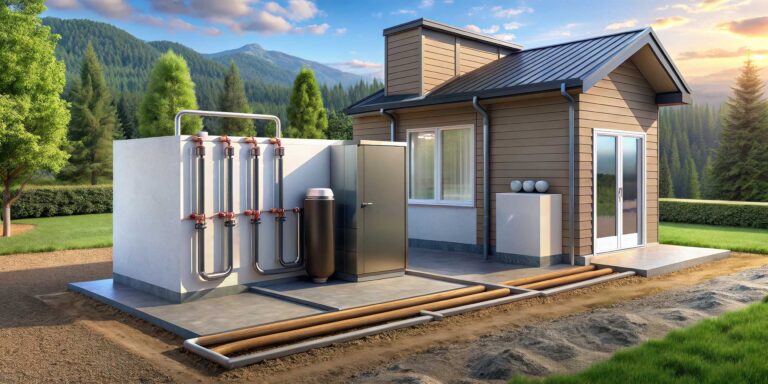Understanding Geothermal HVAC Systems
Geothermal heating, ventilation, and air conditioning (HVAC) systems harness the earth’s natural energy to provide efficient heating and cooling for residential and commercial properties. According to the U.S. Environmental Protection Agency (EPA), geothermal systems can be up to 50% more energy-efficient than traditional heating and cooling systems. These systems utilize a series of underground pipes, known as a ground loop, to transfer heat to and from the earth, taking advantage of the stable temperature below the surface.
Versatile System Application: Beyond Standard HVAC
The International Ground Source Heat Pump Association (IGSHPA) reports that geothermal systems can reduce water heating costs by up to 50-60%. Additionally, they’re ideal for radiant floor heating and pool heating.
Installation Process
Geothermal HVAC systems require a carefully planned installation process to ensure optimal performance and efficiency. Here’s an overview of the typical steps involved:
Site Assessment
Before beginning installation, technicians conduct a thorough site assessment to evaluate if the property suits a geothermal system, considering factors like soil composition, land availability, and local regulations.
System Design
Based on the site assessment, the system is designed to meet the specific heating and cooling needs of the property. This includes determining the size and layout of the ground loop, selecting the appropriate heat pump unit, and designing the distribution system for delivering conditioned air throughout the building.
Ground Loop Installation
The most critical component of a geothermal HVAC system is the ground loop, which consists of a series of pipes buried underground.
Typically, technicians install these pipes horizontally in trenches or vertically in boreholes, depending on available space and soil conditions. The ground loop transfers heat to and from the earth, providing the system with the energy it needs to heat and cool the building.
Heat Pump Installation
Once the ground loop is in place, the heat pump unit is installed inside the property. This unit extracts heat from the ground loop during the heating season and transfers it indoors. During the cooling season, the process is reversed, with the heat pump removing heat from the building and transferring it to the ground loop.
Distribution System Installation
Finally, the distribution system, which includes ductwork for air distribution or radiant tubing for floor heating, is installed to deliver conditioned air or water throughout the building.
Requirements and Limitations
While geothermal HVAC systems offer numerous benefits, there are certain requirements and limitations to consider:
Space Requirements
Geothermal systems require adequate space for the installation of the ground loop. Horizontal ground loops typically require more land area than vertical loops, making them suitable for properties with ample outdoor space.
Soil Conditions
The success of a geothermal installation depends on the soil conditions at the site. Certain soil types, such as clay or rocky soil, may require specialized installation techniques or additional equipment, potentially increasing installation costs
Regulatory Considerations
Local building codes and regulations may impose restrictions on the installation of geothermal systems. It’s essential to consult with a qualified HVAC contractor familiar with local regulations to ensure compliance.
Cost of Installation
The cost of installing a geothermal HVAC system varies depending on several factors. They include: the size of the system, site conditions, and installation requirements. On average, the upfront cost of a geothermal system can range from $10,000 to $30,000 per ton of heating and cooling capacity. However, it’s important to consider the long-term savings on energy bills and potential tax incentives when evaluating the overall cost-effectiveness of geothermal technology.
Ready to experience the benefits of geothermal HVAC for your home in Longmont, Co?
Contact Blue Valley Heating Cooling and Plumbing Company. We are a preferred heating, cooling, and geothermal provider in Longmont for over 30 years.



